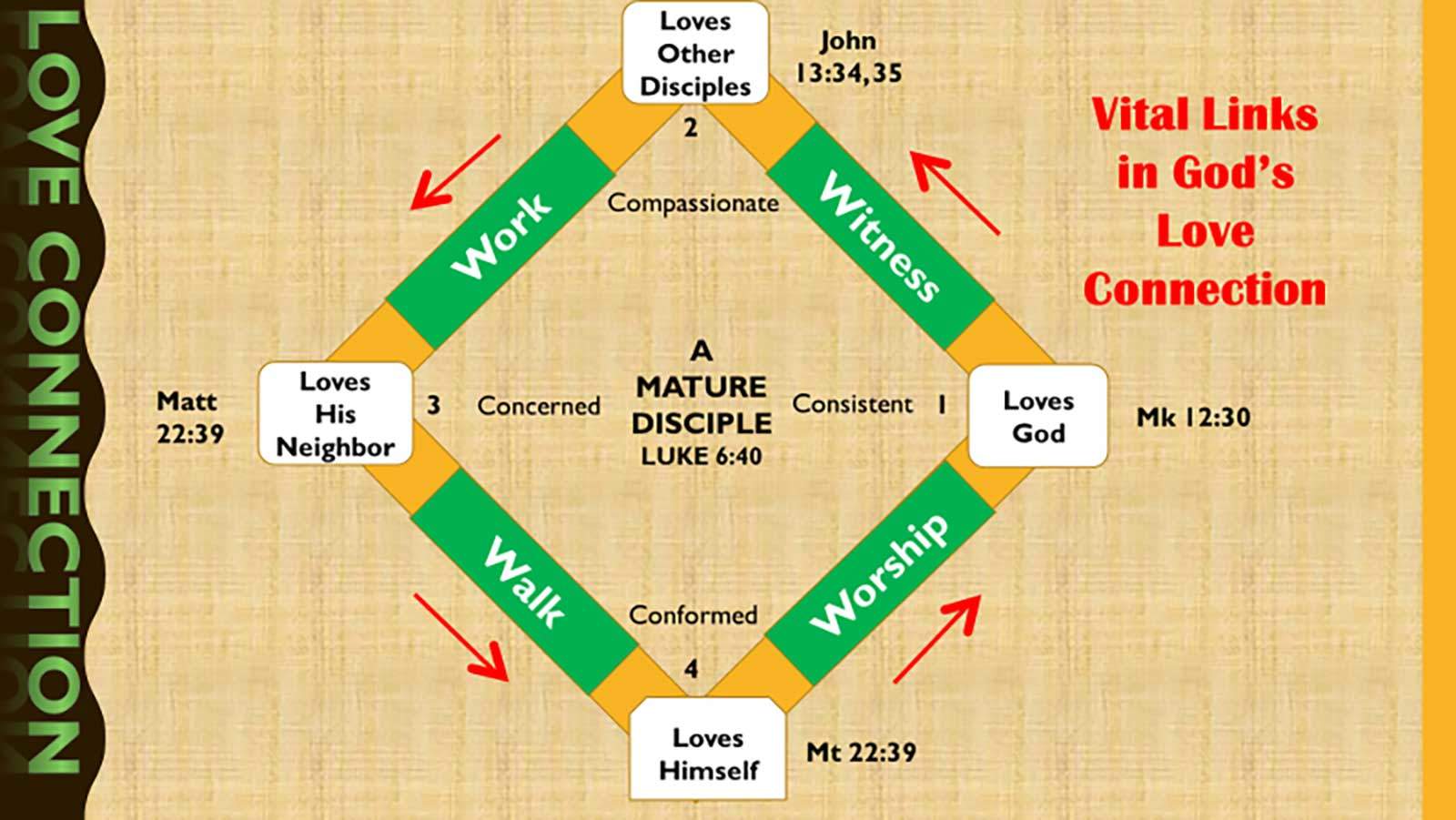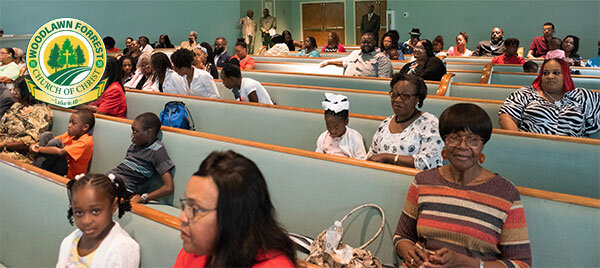INFO FOR VIRTUAL SERVICES
righteousness is of me, saith the LORD. Isaiah 54:17
OUR BEGINNING
With the help of a hundred dollar down payment from the Central Avenue Church
of Christ, the disciples purchased the property at 519 West Adair Street, where then stood the Dreamland Dance Hall. This building, which formerly housed lust and sinfulness, was converted into a place of worship for the Saints and a parsonage for the minister. The disciples assembled there for the first time with Brother Luke Miller as their minister. The following year Brother Keeble returned to conduct a second campaign and the result was 166 baptisms.
1935
1940 - 1950
1948
1958 - 1961
1960s
Brother Clay’s tenure ended in 1967. Upon his resignation, Brother Clay recommended Robert L. Ivory as his replacement. Brother Ivory was a gifted preacher and extraordinary singer. He was a pioneer in helping to popularize what was called quartet singing among members of the church of Christ. He assembled a talented group of young people into a singing group that became quite popular and well sought after throughout the local area. Brother Ivory served the church faithfully from 1967 until 1969.
1970s
Brother Moore was successful in establishing a very strong prison ministry and was able, thereby, to baptize scores of men in the Lowndes County prison system. Some of these men got out of prison and lived faithful, productive lives. Brother Moore raised the level of exposure for the congregation in the community by originating radio broadcasts that aired during three different time slots, a live program at 11:00 A.M. on Sunday morning, 8:00 P.M. Sunday night, and in the middle of the week. Brother Moore’s tenure lasted from March 1969 until July 1979.
In 1979, Brother Luis R. Lugo of Chattanooga, Tennessee, was called to serve the congregation as minister. Under his leadership and guidance, the church continued to grow and flourish. Attendance began to increase, and it was clear that more space was needed to accommodate the growth and provide for the needs of the church. During Brother Lugo’s tenure, an old air force barracks was purchased, remodeled, and enclosed with concrete blocks. After two years, Brother Lugo resigned and moved to Tampa, Florida, to work with the Highland Avenue Church of Christ.
1981
1982
1985
1992
1995
1996
1999
On December 18, 1999, a groundbreaking ceremony was held at 1515 N. Forrest Street. A building permit was issued December 29, 1999, and construction of the new edifice officially began. Approximately one year later, the building was completed, and the Woodlawn Forrest era began.
Our Service Times
INFO FOR VIRTUAL SERVICES




